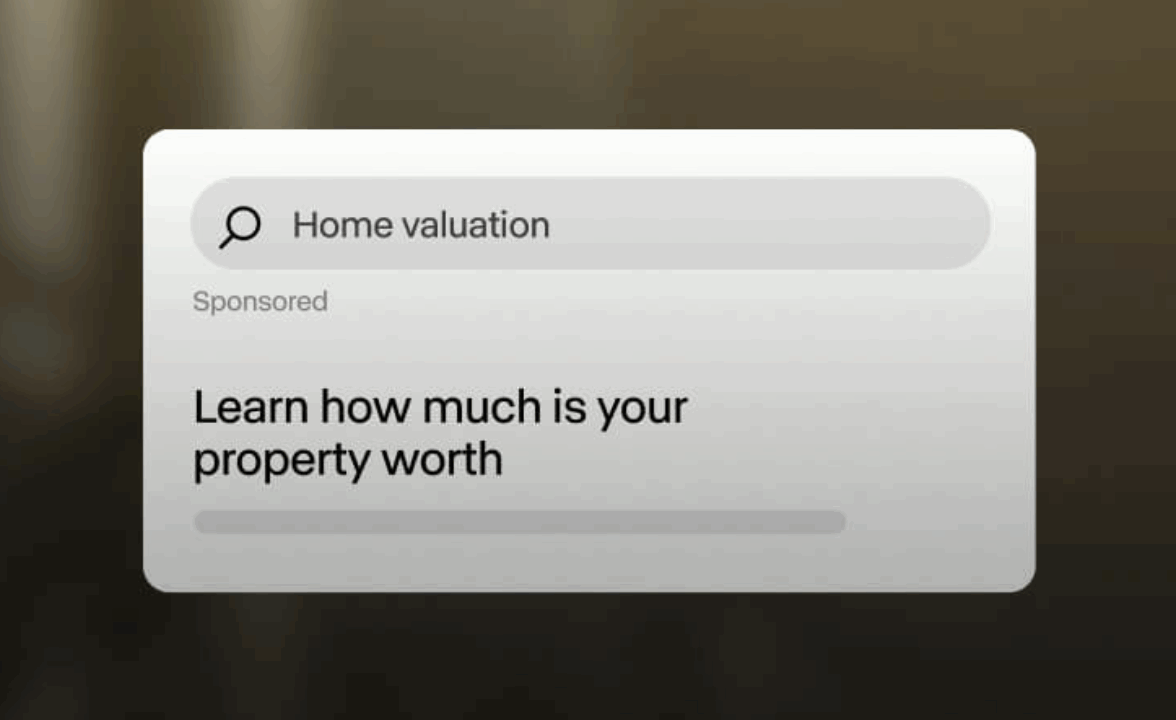Reach potential clients with engaging and helpful videos using these strategies
As the world of luxury real estate marketing continues to evolve, the strategies that worked well just a few years ago simply aren’t enough today. In order to stand out from the crowd, real estate professionals must adopt a dynamic and multifaceted approach to connecting with potential clients and growing their audiences. Over the last few years, that approach for many professionals has shifted more and more to an online base.
Engaging with others online through luxury realtor websites and social media channels can be extremely powerful; a relatively small amount of energy and marketing budget can yield connections with countless new potential clients. However, face-to-face strategies for connecting with new community members have the upper hand in many ways.
Most notably, it feels much easier to identify with and relate to someone new you’ve met when you can see their face and read their expressions. So how can real estate professionals harness the power of online marketing and couple it with human connection and personability?
One word: video.

Video Strategy
Developing a strategy for video marketing that is simple enough for you to execute and consistent enough for your followers to rely on is the most important step to connecting with new clients through video. While it’s tempting to dive in head-first, it’s all too easy to end up with a scattered style and unpredictable timing, which can hurt your brand more than help it.
Quality
On your social feeds and on your website, the videos you post will stay there indefinitely unless you take them down. Just like any other post, they are a longstanding element of your overall marketing strategy.
For this reason, be sure to spend time on their quality and presentation. This doesn’t necessarily mean you need to hire someone to produce them or invest in fancy equipment. Anyone can film a high-quality video from their laptop or their smartphone.
When you film, be sure you are in a quiet space where people can hear your words clearly and without distortion. Adjust the lighting so that you don’t have a bright glare behind you, and make your background as relevant as possible. For example, if you’re creating a video about how to stage a home, perhaps film it from a model home or a new listing of yours.
Using stock videos is also an excellent way to add visuals to your website. Just make sure their quality is clear and their content is relevant to the page and your target audience. Check out the best sites to find free stock videos here.
Overall, prioritize video quality by making it as easy as possible for your audience to see, hear, and understand you.
Branding
Your video strategy should align with the rest of your branding. Whether by using your brand colors for any cover images or by incorporating your logo into a corner of each video, you can choose small ways to establish your overall brand visually in each individual video.
The tone and style of your videos should match with the rest of your online marketing as well. If you’ve established yourself as a luxury real estate agent, your marketing should feel well thought-out: most videos should have at least a rough script and should be edited to feel polished. The way you speak should in some way resemble the rest of the messaging on your social media platforms and website.
Use video as a way to help people get to know you and your business better. Your video strategy should be an extension of your overall online marketing strategy and shouldn’t feel disjointed from the rest of your content.
Call to Action (CTAs)
At the end of each video, be sure to include a call to action. What do you want your viewers to do? Subscribe or follow? Book a consultation on your website? Give you a call? Get the best results by explicitly announcing your call to action at the end of the video, and make it easy for viewers to complete that step by including relevant links.

Videos on Social Media
One of the most common marketing spaces for incorporating video is social media. However, not all platforms are the same.
Instagram and Facebook
While both of these platforms allow you to upload videos of a wide range of lengths, Instagram and Facebook cater to users scrolling through an endless stream of content. Because of this layout, these aren’t spaces where people come to watch long videos, no matter how engaging or educational they may be.
On both Instagram and Facebook, keep your videos to two minutes or less. Better yet, keep your Instagram videos below one minute so that your audience doesn’t have to click on the video to watch “IGTV” to consume your content beyond the first minute.
These platforms are the ideal place to post quick market updates, sneak peeks of new listings, and bite-sized tips for the clients in your niche. In many cases, you can get away on these platforms without showing your face in every video, which is great if you’re someone who hates filming themselves. Lean on your local setting and the wonderful properties you work with for the visual element!
Stories
Facebook, Instagram, and even LinkedIn all have “Stories” capabilities that allow you to post quick, digestible, and even live videos at the top of your followers’ feeds. These videos are a great way to share more about yourself so that your followers can feel connected with you and establish a deeper trust.
Stories disappear after 24 hours. On Instagram, you can save them to collections that live on your profile for people to click through if they’d like, but the impermanent nature makes this format particularly useful for facts or bits of content that aren’t evergreen and might not feel relevant on your feed for long.
While your other marketing videos should be polished and edited, videos on your Stories should feel more genuine and authentic. You can still make sure that the lighting and audio quality are good, but these videos can be less scripted and more off-the-cuff. You can hop on your Story to share an original insight, speak to a new statistic, or celebrate a recent closing or a piece of local news. Use your Stories to help your audience get to know you while staying true to your brand.
TikTok and Reels
Videos on TikTok and Reels tend to feel more playful. They’re usually set to trending music and involve fun transitions, but the most successful ones are still full of useful takeaways. If TikTok or Reels don’t fit with your branding — if your tone on your website and social profiles are generally very serious, for example— then these videos might not align with your overall strategy. However, if you’d like your brand to feel accessible, simple, or lighthearted, these platforms are an excellent place to reach new audiences.
These videos should be short, entertaining, and helpful. Find trending music by scrolling through the platform for a few minutes and clicking on songs you hear repeatedly. Be sure to include a hook at the beginning of your video and lean on small bits of text to get your message across. This is a great place to let your personality shine!
YouTube
While Facebook and Instagram cater to people who are scrolling their feeds and usually not looking for anything in particular, users head to YouTube to search for answers to specific questions or to learn about a certain subject more deeply. Because of this difference, longer videos perform much better on YouTube.
If you’d like to do a detailed dive into a certain topic relevant to your niche, YouTube is a great platform for uploading long videos and series. These videos can help you establish yourself as an expert on specific topics and build up audience members over time as each video stays searchable on the platform. Plus, YouTube is a great place to host any videos you’d like to use on your website or in emails, making them easy to embed later on.

Website Videos
If any videos are worth paying for high-quality production, the ones on your website are. While videos on most social platforms can be less formal and are expected to vary slightly in production, the videos that live on your website should be as polished as the rest of your branding on your site. Put your best foot forward by creating a few key videos that will engage new visitors and allow them to get to know you as a professional on a deeper level.
Topics for videos on your website might include an overview of your mission and values, a quick discussion about why you got into real estate, or a short explanation of a piece of the buying or selling process that commonly trips people up in your state.
Video content on your website should be fairly evergreen so that it stays relevant to visitors over time. Remember, great video content can help boost your SEO as crawlers take them into account and they keep visitors on your pages longer!
Videos in Emails
Sending an email newsletter is a great way to stay top of mind and share important updates about your business and your area with your audience. Even better than sending an email with a few paragraphs of text? Send a video! This strategy makes your emails feel more personal and reminds your subscribers what it’s like to talk with you.
Regardless of where you decide to incorporate videos into your online strategy, solidify your plans for tone, consistency, and content before you dive in. This way, you’ll face less guesswork along the way and see more seamless integration with the rest of your marketing efforts.
Work With Us
Reach out to the experts at Luxury Presence for more help on your marketing plan today.




